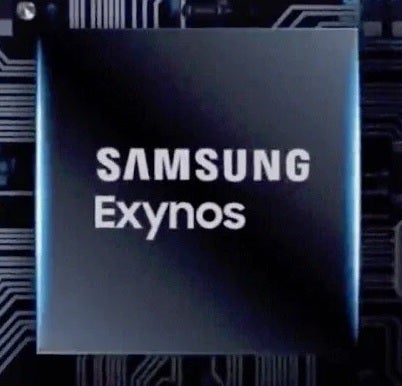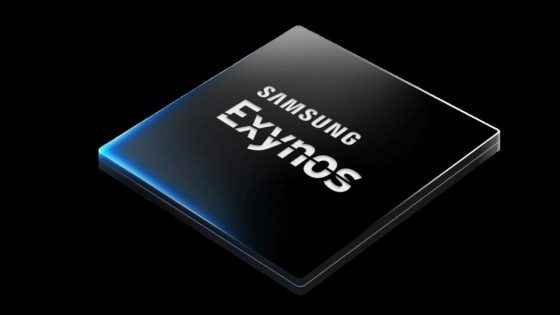Samsung Foundry’s 4nm yield doubles from 2022 to 70%،
In early 2022, reports revealed that Samsung Foundry’s yield on 4nm production was only 35%. This means that only 35% of the chips produced on a silicon wafer passed quality control and were good enough to ship. At the time, TSMC’s efficiency on its 4nm node was estimated at 70%. Since the chip designer is responsible for paying for defective chips, Qualcomm decided to move production of the Snapdragon 8 Gen 1 to TSMC where it became the Snapdragon 8+ Gen 1.
Samsung Foundry’s 4nm yield increased to 70%
The latest report from Shoun reports that in October, Samsung Foundry’s yield on 4nm production was 70%, generating new business for the foundry. For example, AMD’s new “Zen 5c” server chips, codenamed Prometheus, began production on Wednesday using Samsung Foundry’s 4nm node and TSMC’s 3nm node. Traditionally, AMD has its chips manufactured by TSMC, but seeks to work with the world’s two largest foundries.

As for why AMD is using TSMC and Samsung Foundry simultaneously, it is believed that the company plans to offer both high-end and entry-level versions of the chip; In this scenario, TSMC builds the high-end silicon using its 3nm process node while Samsung will manufacture the entry-level chip using its 4nm node. Another possibility is that AMD considers TSMC’s N3 node to be similar to Samsung’s 4nm node in terms of performance and that AMD considers TSMC’s 3nm version of its “Zen 5c” server chip to be the same as the 4nm version built by Samsung.
If Samsung Foundry can impress AMD with its 4nm version of server chips, researchers believe this could lead to Samsung Foundry receiving an order from AMD based on its 3nm Gate All Around (GAA) node. With Gate All Around transistors, which Samsung uses at 3nm and TSMC doesn’t use until it starts making chips at 2nm, vertically placed horizontal nanosheets are used to contact the channel on all four sides, reducing current leakage and increasing the drive current, leading to improvement. chip performance.
Researcher Kim Yang-paeng, who works at the Korea Institute for Industrial Economics and Trade, said: “If Samsung wins an order for AMD’s 4 nano chips this time, it will open the door to transactions in the field of “big chips”. for servers, where Samsung was weak. This will be an opportunity for Samsung Foundry’s influence to grow.
Samsung Foundry could withdraw orders from TSMC because the latter lacks production capacity
Currently, TSMC’s N3B process node is used to produce the 3nm A17 Pro SoC used in the iPhone 15 Pro and iPhone 15 Pro Max. No other smartphone will use a 3nm chip this year, although that is expected to change in 2024. Additionally, next year’s A18 Pro could be found on all four iPhone 16 models and will be manufactured at the same time. TSMC N3E node help. Apple struck a sweetheart deal with TSMC as the foundry bears the costs of defective chips this year alone, saving its biggest customer millions of dollars.
TSMC’s 3nm capacity is such that it cannot handle orders from the entire industry and has increased its prices for 3nm production. This has allowed some fabless chipmakers (like Apple, which design their own chips but rely on a contract foundry to make them) to turn to Samsung Foundry. With a 70% yield on 4nm and 3nm GAA, Samsung Foundry is reportedly close to winning an order from a major European customer.
Samsung’s Exynos 2400 application processor (AP), which is expected to power the Galaxy S24 and Galaxy S24+ in all markets outside the US and China, reportedly entered production by Samsung Foundry using its 4nm node. With its deca-core design, Samsung has high hopes for the local AP for next year. Samsung is reportedly about to use a new packaging technology capable of improving the thermal performance and performance of its chipset.
If Samsung Foundry’s returns remain high or improve, this can only help Samsung Foundry win more contracts.
















